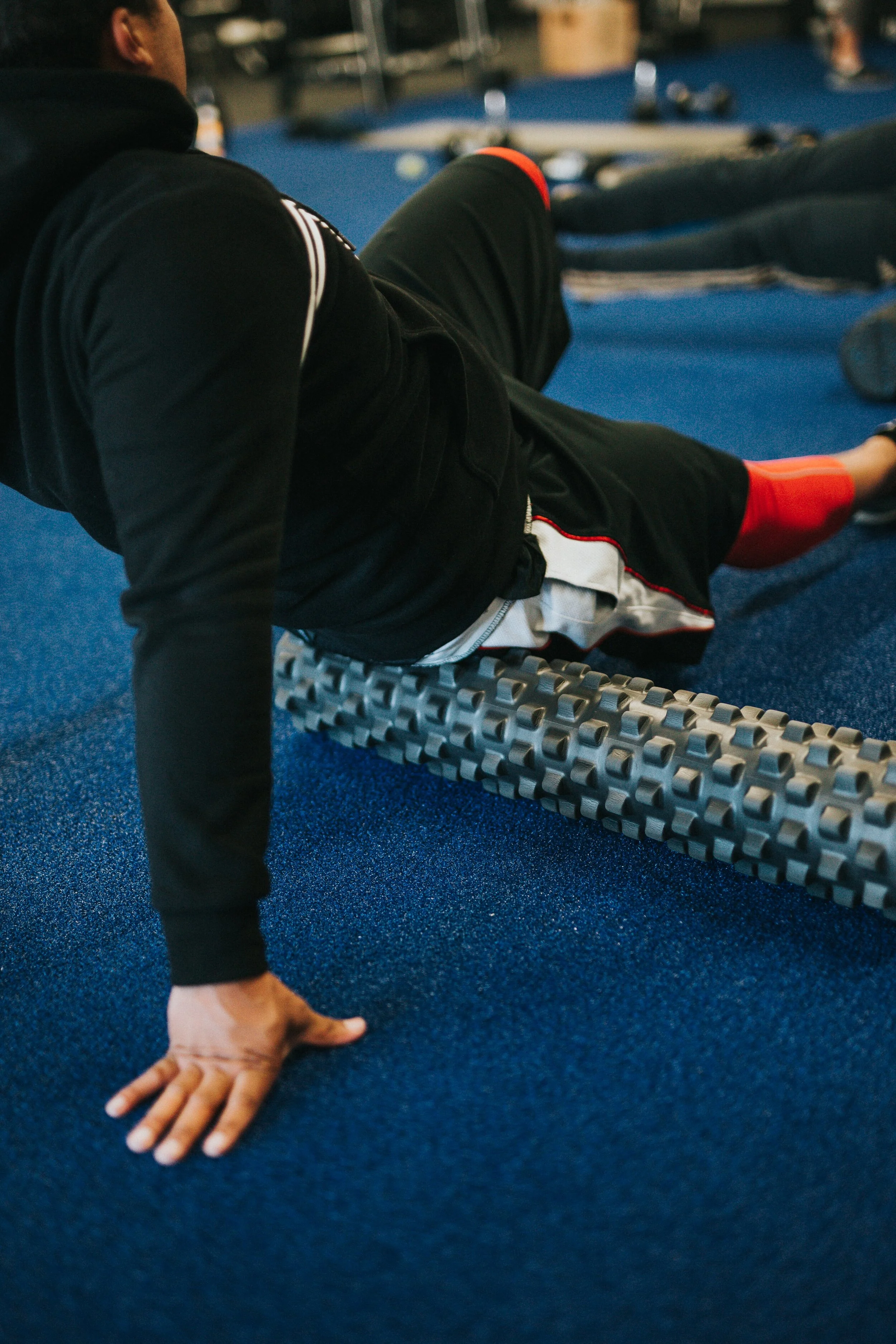What’s the Purpose of Foam Rolling?
The purpose of foam rolling isn’t clear to many people. If you are relatively new to the world of physical activity, it may be just another thing you don’t quite understand the reason behind. And, there’s some controversy around its effectiveness altogether.
Though there are many reported benefits of foam rolling, according to various sources, the two most prominent ones are improving range of motion and reducing muscle soreness and tightness after a workout.
What’s the Purpose of Foam Rolling?
Also known as self-myofascial release, foam rolling works like a self-massage of the muscles and fascia, the thin layer of tissue surrounding our muscles and other organs that supports them and keeps them in place.
You may have seen myofascial tissue before if you are a meat eater. Ever notice a thin silver layer around a roast that is a bit tough to cut or bite through? That’s myofascial tissue. Foam rolling helps release and loosen up this tissue, in turn improving blood flow to sore, tight areas.
If you don’t remember seeing them around in your younger days, your memory isn’t playing tricks on you. Foam rollers first started to gain popularity in the 90s, with the first patent filed for one in the U.S. in 2004. This got them on the radar of researchers whose subsequent studies found that foam rolling reduced reported levels of muscle soreness in participants after physical activity.
However, a more recent study demonstrated that, in terms of muscle soreness, foam rolling didn’t make much of a difference on post-workout soreness when participants did a dynamic warmup routine before getting started, a factor not accounted for in earlier research.
So, while it’s not confirmed whether using a foam roller is more effective than - or still effective when done with - warmups, dynamic stretching, and cool down routines, it still works for some people and can feel good. After all, a self-massage is still a massage.
It’s also a great option if you are tight on time, especially since you can focus directly on areas of greatest concern. Especially after a workout, you’ll notice areas that are super tense when foam rolling. You can focus on and really work these spots, just make sure to give some attention to the rest of the muscle and the other side of your body.
Learning About Foam Rolling
Foam rollers are designed to leverage your own body weight to apply pressure to different parts of your muscles in a way that would otherwise be difficult on your own. It’s okay if it hurts a bit, as long as it’s a “good” kind of hurt. Any discomfort you feel should stop as soon as you are done rolling it out.
Everyone’s foam rolling routine will look a little different, but some general things to keep in mind are:
Never roll the lower back. This can be dangerous.
Don’t overdo it. Thirty seconds is enough, even on tight and tender spots.
Roll slowly.
Don’t roll over joints and bones.
You can find more safety tips here.
Many people are introduced to foam rolling by friends, exercise specialists, physiotherapists, or other professionals. If you’re starting out on your own, you may want to check out some of the following resources to help you get a better handle on the proper technique:
10 Foam Rolling Moves for Your Entire Body
How to Use a FOAM ROLLER for Recovery


